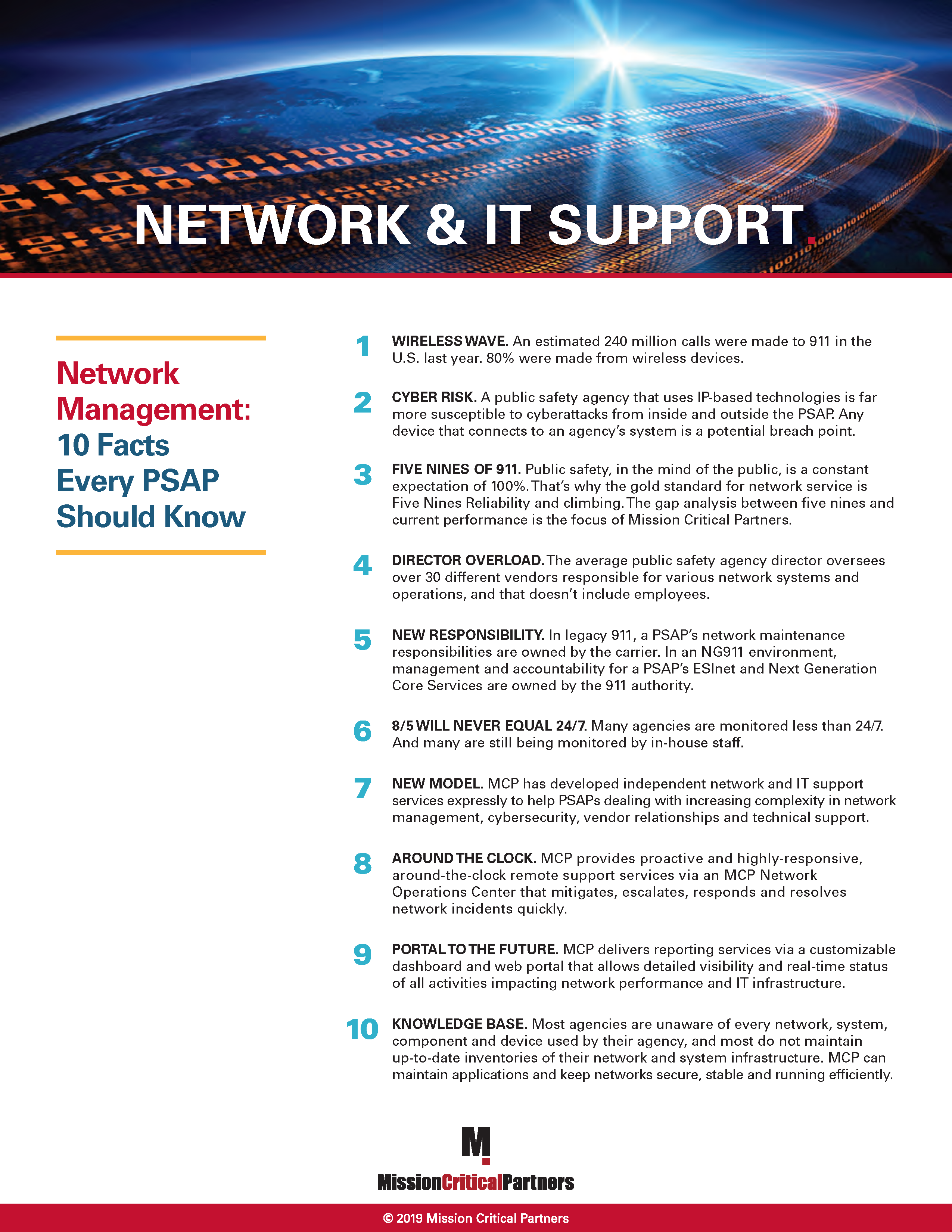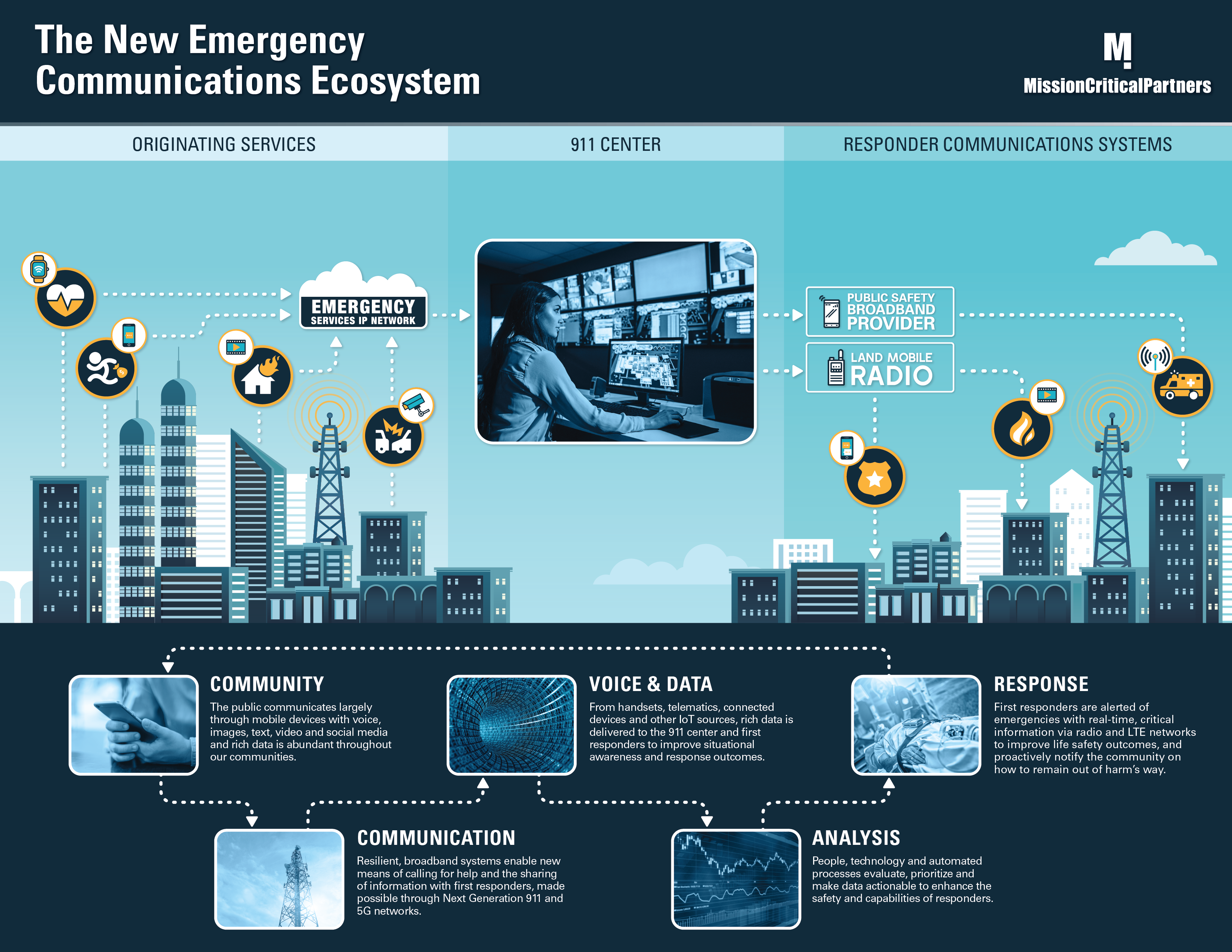The Case for Push-to-Talk in Public Safety
In Summary:
- First responders have long depended on traditional land mobile radio (LMR) systems that feature public safety-grade radios and infrastructure.
- While commercial networks are typically not ideal for public safety use, as they can become overloaded during an emergency, commercial push-to-talk (PTT) technology could benefit public safety.
In this whitepaper we explore the pros and cons of commercial PTT technology for public safety, including the improvements to commercial PTT capabilities and the cost-efficiencies the technology offers for agencies.







